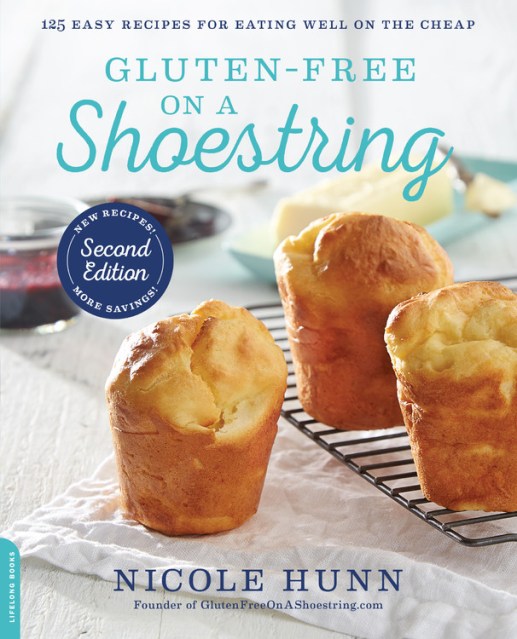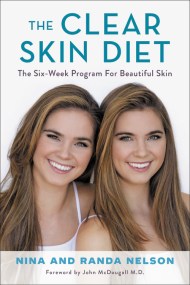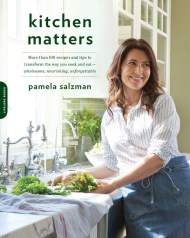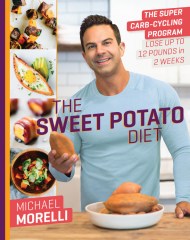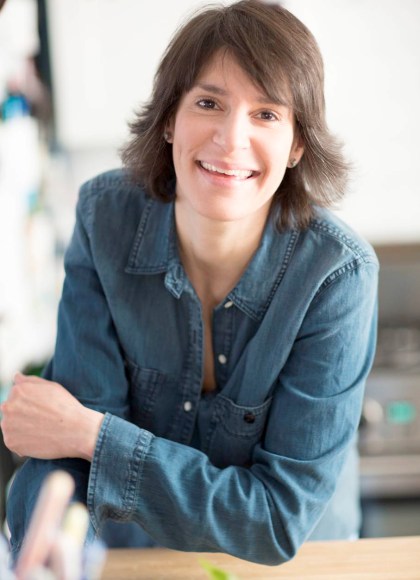Promotion
Use code BEST25 for 25% off storewide. Make sure to order by 11:59am, 12/12 for holiday delivery!
By clicking “Accept,” you agree to the use of cookies and similar technologies on your device as set forth in our Cookie Policy and our Privacy Policy. Please note that certain cookies are essential for this website to function properly and do not require user consent to be deployed.
Gluten-Free on a Shoestring
125 Easy Recipes for Eating Well on the Cheap
Contributors
By Nicole Hunn
Formats and Prices
- On Sale
- Oct 10, 2017
- Page Count
- 304 pages
- Publisher
- Balance
- ISBN-13
- 9780738219868
Price
$22.99Price
$28.99 CADFormat
Format:
Trade Paperback $22.99 $28.99 CADThis item is a preorder. Your payment method will be charged immediately, and the product is expected to ship on or around October 10, 2017. This date is subject to change due to shipping delays beyond our control.
Buy from Other Retailers:
Gluten-free foods have changed dramatically over the past ten years — but one thing that’s constant is that you can spend a lot of money trying to feed yourself and your family well–often three times as much (or more)! Nicole Hunn has been helping home cooks eat well and on the cheap since 2009. Now, she’s updated her beloved Gluten-Free on a Shoestring, the indispensable guide to simple, inexpensive GF cooking. From chicken potpie to banana cream pie, Nicole shares her recipes for tasty family favorites — all gluten-free, all easy on your wallet. With revised and new recipes, pantry-stocking tips, keys to the best GF flour blends — and of course, more top money-saving secrets — Nicole’s got you (and your wallet) covered for every meal and craving.
Newsletter Signup
By clicking ‘Sign Up,’ I acknowledge that I have read and agree to Hachette Book Group’s Privacy Policy and Terms of Use
